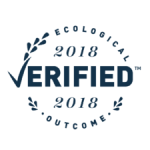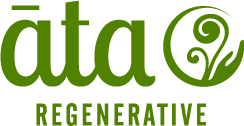Āta Regenerative Services
EOV (Ecological Outcome Verification)

Ecological Outcome Verification™ or EOV™ is an approach developed by the Savory Institute to give the soil a voice. This regenerative approach to agriculture collects data from producer farms and measures how well they are doing from a regenerative standpoint. This approach also has the potential to connect conscientious brands directly to farms and ranches that have been accredited and verified to be regenerative; a win-win-win.
EOV measurement is made up from key indicators of land regeneration. These include soil health, biodiversity and ecosystem function. Farms with positively-trending data receive Ecological Outcome Verification, which validates the produce from their operations to consumers. In other words, consumers can trust these regenerative food systems and the production from them.
Ecological Outcome Verification is designed to keep all of us — brands, land managers, and consumers — honest about the impact we are having on living landscapes. Based upon real and tangible outcomes, rather than an inventory of farmer practices, EOV gives the land a voice of its own and it’s a simple concept. Land is either regenerating or it isn’t.
Such outcomes also drive the questions that passionate farmers ask, and the EOV system provides real-time, daily management information to aid decision making. EOV is built for farmers first. It has been designed to provide fast feedback loops to help make farmers more effective on-farm. EOV helps farmers understand critical areas like plant litter incorporation, dung decomposition, soil capping, and it maps the presence of desirable plant species.

These “Leading Indicators” provide real-time insights to farmers, so they can take speedy corrective action where required across their land and livestock. It’s these little pieces of intelligence that drive positive change at the macro level.
These insights include improved food security, better water retention, and critically, they promote effective carbon sequestration. Without small, sequential changes at the farm level, monumental progress is impossible.
EOV gives the land a voice of its own, through empirical and tangible outcomes.
Listening to the land at this level requires cultural and contextual sensitivity. There is no one size fits all scenario. There are no silver bullets for quickly improving a damaged farming ecosystem. Every landscape emerges from its own unique set of operating conditions, be they animal, mineral, botanical, or cultural.
Given this reality, EOV is built to be relevant for each individual farmer and farm. Each participating farm is evaluated against a selected reference area. The surrounding eco-region is carefully calibrated against its unique flora and fauna, precipitation rates, topography, and soil characteristics. This approach allows land managers to embed themselves in their wider ecosystem, and ultimately contribute to the resilience of their farming operation and the land they call home.
EOV has been years in the making, with input from scientists, agronomists, and land-stewards around the world. The program comes with a high degree of scientific rigor and through Savory’s global network is on track to create one of the largest global databases for monitoring grassland health and associated ecosystem services on all continents. These ecosystems range from the South African veld to the Argentine pampas and include the Texas prairie and the Australian grasslands.

To be successful with regenerative agriculture, we must recognize our place in the circular dance between animal and plant, between death and life, between taking and giving back.
Farmers will learn from and respond to their land in real time. Brands will evolve their sourcing and storytelling to account for what truly matters.
And consumers, when they reach for products carrying the Ecological Outcome Verification seal, will know that they are supporting a real sustained change, and not a fleeting, superficial one.
Instead, their purchase will support the enduring health of the land that feeds and clothes them and the health of their families and communities.
Read more about EOV here:
What is EOV (Ecological Outcome Verification) and how does it work?
Read more about regenerative agriculture here:
A comprehensive explanation of regenerative agriculture and living systems
Find out about the Land to Market programme here:


